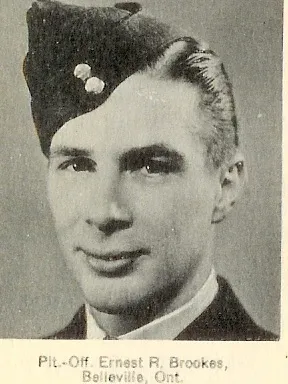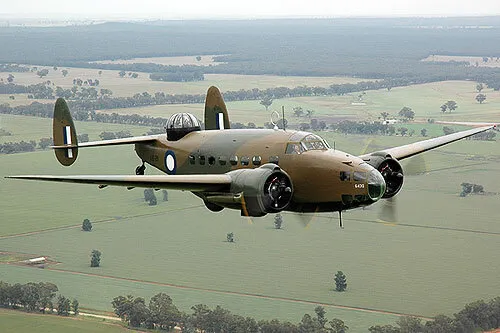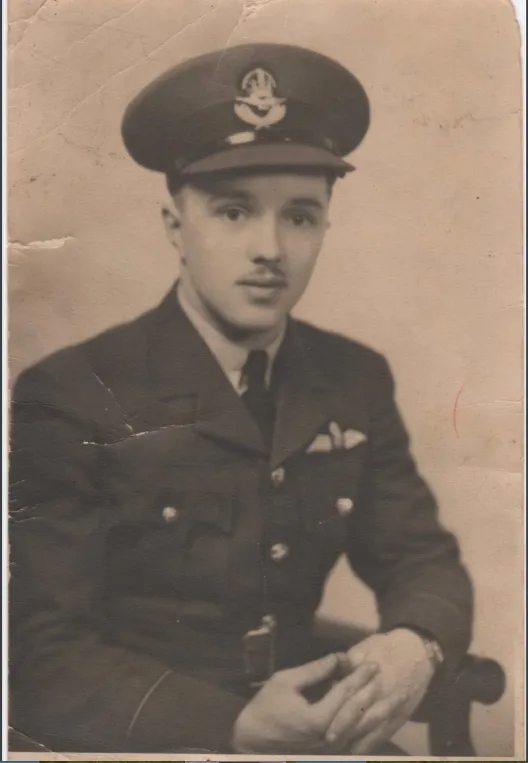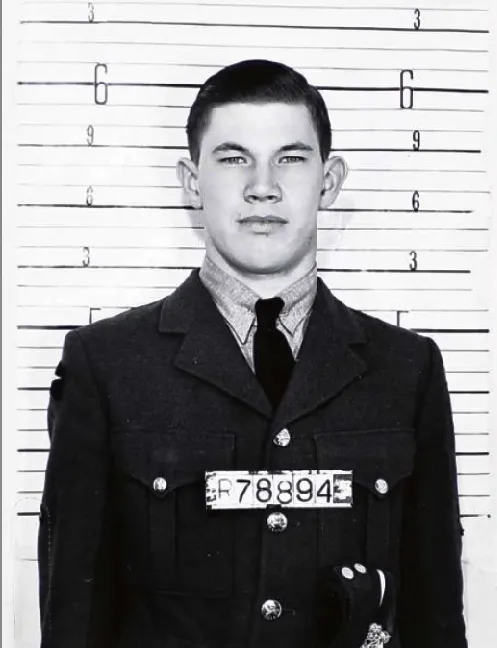Brooks, Ernest Ross (Pilot Officer)
Killed in Flying Accident 1942-July-06


Birth Date: 1913-November-02
Born: Orillia Ontario
Parents: Son of Richard James Brooks and Mabel E. Brooks, of Belleville, Ontario.
Spouse:
Home: Belleville, Ontario
Enlistment:
Enlistment Date: unkown date
Service
RCAF
Unit
13 OTU- Operational Training Unit
Base
RCAF Stn. Patricia Bay, British Columbia
Rank
Pilot Officer
Position
Pilot
Service Numbers
C/11768
Home
Crew or Other Personnel
Hudson 765
Accident Card - Lockheed Hudson I serial:765
This accident involved 1 aircraft on 1942-July-06. Hudson s/n 765.
This accident involved 7 people. Beatty LA, Brooks ER, MacBean DP, Maclachlan RB, Merredew CR, Olson JCW, Utting VA
This accident had 3 fatalities. Sergeant Victor Allan Utting RCAF Killed in Flying Accident service no:R/78894 Hudson 765, Pilot Officer Ernest Ross Brooks RCAF Killed in Flying Accident service no:C/11768 Hudson 765, Pilot Officer Robert Bruce MacLachlan RCAF Killed in Flying Accident service no:J/10292 Hudson 765
Hudson serial: 765

Source National Air Force Museum of Canada.
The Lockheed Hudson was an American-built light bomber and coastal reconnaissance aircraft built initially for the Royal Air Force (RAF) shortly before the outbreak of the Second World War and primarily operated by the RAF thereafter. The Hudson served throughout the war, mainly with Coastal Command, but also in transport and training roles, as well as delivering agents into occupied France. They were also used extensively with the Royal Canadian Air Force's (RCAF) anti-submarine squadrons. National Air Force Museum of Canada.
Aircraft Images
Hudson 765
Hudson I 765
Diverted from RAF order, tested and delivered marked with RAF serial N7350. Operated by No. 11 (BR) Squadron at Ottawa from 16 September 1939, then with this unit to RCAF Station Dartmouth, NS in late 1939. To Western Air Command on 4 March 1941. Operated by No. 120 (BR) Squadron from RCAF Station Patricia Bay, BC, March to late 1941. Serving with No. 13 (OT) Squadron when it crashed and burned on takeoff from Bellingham, Washington State at 16:18 on 6 July 1942. 3 fatalities, including both Pilot Officer R. McLachlen, second pilot; radio operator, Sgt./WAG Victor A. Utting; and P/O/ E.R. Brooks. 4 passengers seriously injured. Information provided by Sgt. Utting's younger brother, Phillip S. Utting.1939-09-16 Taken on Strength RCAF Station 2019-08-20
1942-July-06 Accident: 13 OT Squadron Loc: Bellingham Wash Names: Beatty | Brooks | MacBean | Maclachlan | Merredew | Olson | Utting
1942-09-03 Struck off Strength Struck off, reduced to spares and produce at No. 3 Repair Depot, Vancouver 2019-08-20

